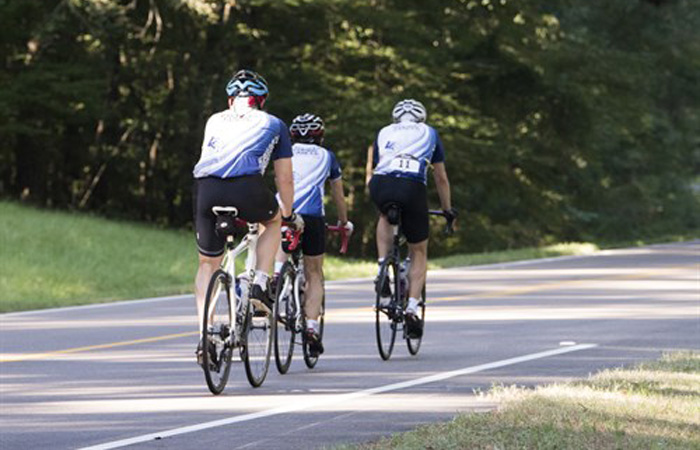Manitoba Public Insurance (MPI) says that on average, 130 people are injured in Manitoba yearly when their bike is involved in a motor-vehicle related collision – half of those people injured from June to August.
“With the warmer weather now upon us, MPI is reminding all motorists of an increase in people riding their bikes and the importance of motorists and cyclists using caution, and showing mutual respect for each other on Manitoba roadways,” said Satvir Jatana, Vice President, Employee and Community Engagement, Manitoba Public Insurance.
The majority of cycling/motor vehicle collisions take place in urban locations. Based on a 10-year (2009-2018) average, two cyclists are killed and 129 are injured per year in urban locations, compared to one killed and three injured per year in rural locations.
“Every road user, whether walking, cycling or driving, has a right to expect they will arrive at their destination safely. If we are to succeed in reducing fatalities and injuries on our roadways, everyone needs to take personal responsibility for how they drive, and in the case of cyclists, how they ride,” Jatana said.
Room to breathe
For motorists, this means giving cyclists “room to breathe.” Motorists are encouraged to give cyclists at least one metre of space when driving alongside or overtaking cyclists.
“Leaving one metre of space when passing a person on a bike is one simple way that drivers can do their part to help keep cyclists safe and give them the space they need to safely navigate around road hazards,” said Jatana.
Important safety tips for cycling safety
For drivers:
- Take extra caution at intersections and watch for cyclists when making right or left turns.
- After parking your vehicle, look for cyclists before opening your door. Opening a car door into the path of a cyclist can lead to serious injuries.
For cyclists:
- Always follow the rules of the road, including stopping at traffic lights and stop signs.
- Never pass stopped vehicles in the same lane or when stopped at an intersection as the driver may not see you and turn into your path.
- Always ride on the roadway, unless your bicycle is small enough to legally ride on the sidewalk. Many cycling collisions occur when bicycles are coming off sidewalks at intersections or when crossing driveways.
- Ride defensively, consider wearing reflective clothing, and use hand signals to alert motorists to your intentions.



